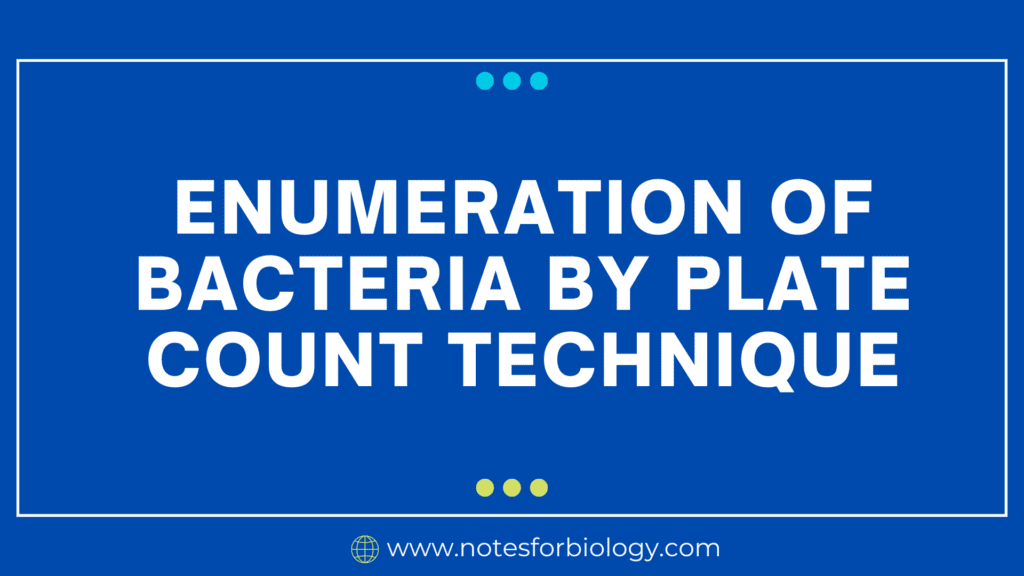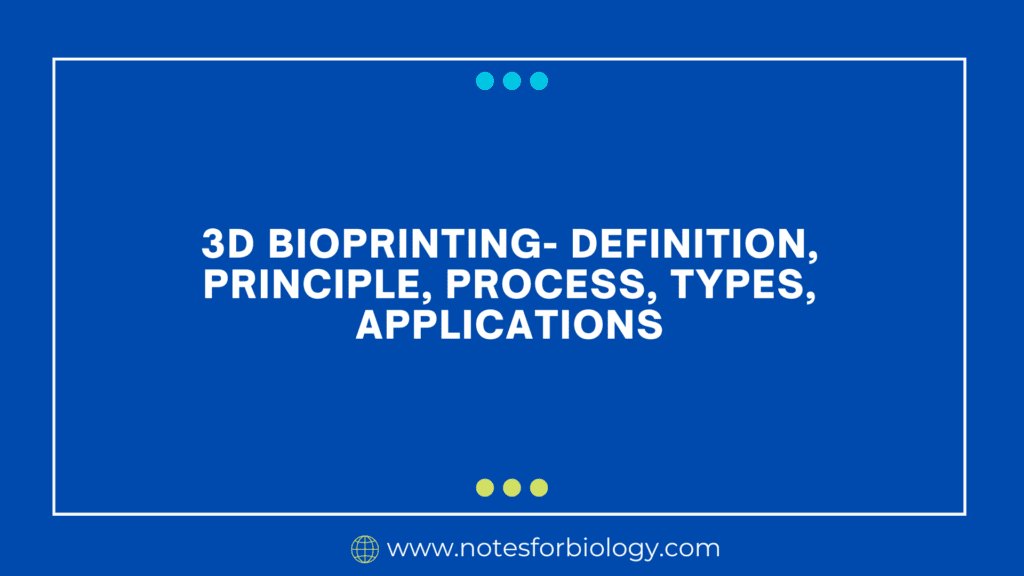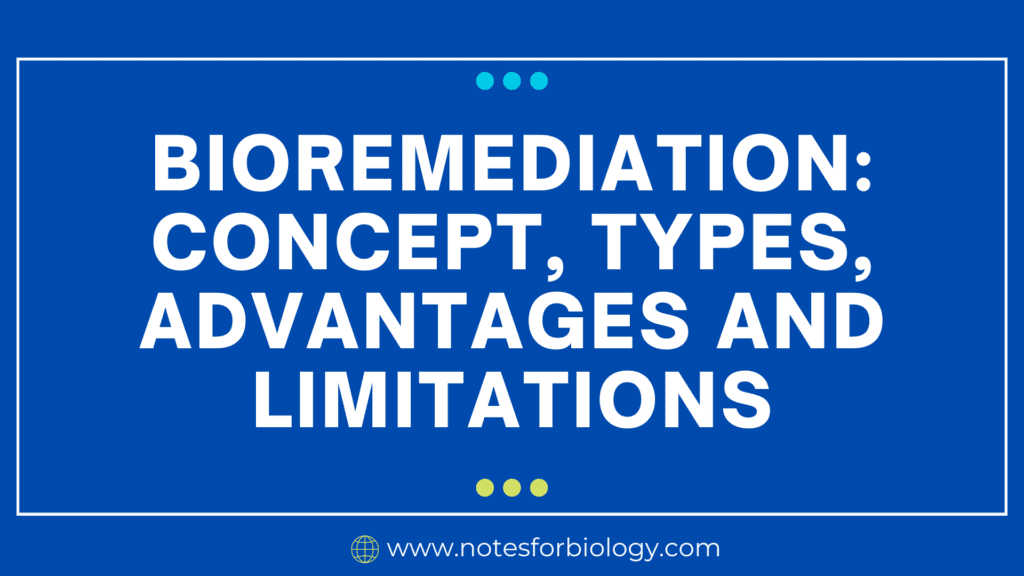What is Agglutination?
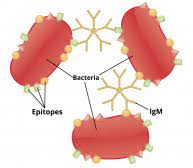
Agglutination is a biological phenomena that occurs when particular antibodies or antigens cause particles, such cells or bacteria, to cluster together. Antibodies attach to antigens on the surface of particles, causing visible aggregates or clumps to develop. This is the reaction that happens. Agglutination assays are widely used in biology, medicine, and diagnostics for a variety of applications, such as serological testing for infectious diseases, microbiological identification, and blood typing. Because these assays use the specificity of antigen-antibody interactions to identify and detect target chemicals, agglutination is a key concept in immunology and a useful tool for research and diagnostics in laboratories.
Table of Contents
Types of Agglutination
Direct Agglutination
In this kind of reaction, antigens on the surface of particles are directly interacted with by antibodies, leading to the formation of clumps. Examples include blood type testing, in which red blood cells with the appropriate antigens agglutinate due to antibodies in serum.
Indirect agglutination
Using a secondary material, such as latex beads or erythrocytes coated with either antigens or antibodies, is known as indirect agglutination. Agglutination happens when these coated particles come into contact with the appropriate antibodies or antigens. Smaller concentrations of the target drug can be detected using this method since it is frequently more sensitive and adaptable.
Passive Agglutination
Agglutination of particles that are linked with antigens or antibodies but do not directly contribute to the immune response is known as passive agglutination. Through the amplification of signals produced by antigen-antibody interactions, this technique increases the sensitivity of detection assays.
Reverse Agglutination
Target antigens in a sample are captured using particles coated with antibodies in reverse agglutination. Agglutination happens when these antigens come into contact with each other, signifying that the particular antigen is present in the sample.
Test of Agglutination
Blood Typing
Agglutination tests are essential for figuring out a person’s blood type and making sure the blood types of the donor and the receiver are compatible enough to be transfusion-compatible.
Serological testing

These tests help with the diagnosis and follow-up of disorders including syphilis, typhoid, and some viral infections by identifying antibodies or antigens linked to infectious diseases.
Microbial Identification
Microbial identification and infection diagnosis are aided by agglutination assays, which are able to recognise and distinguish various bacterial strains according to their surface antigens.
Quality control in the food and beverage industry
To ensure the safety and quality of food and beverages, microbial contamination is detected via agglutination-based assays.
Immunoassays
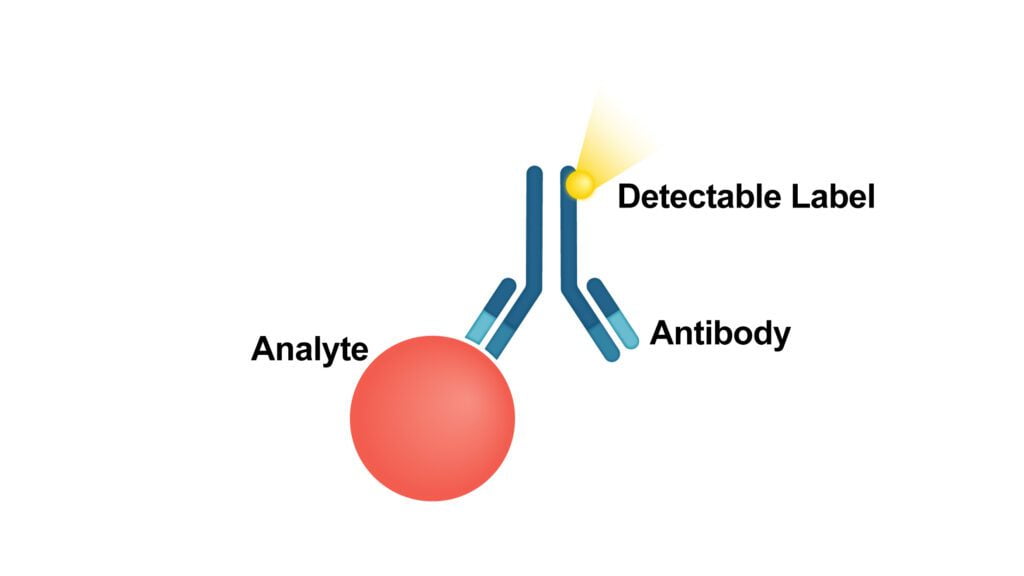
Agglutination serves as the foundation for a number of immunoassays that are used in research, clinical diagnostics, and environmental monitoring to quickly and sensitively identify biomarkers.
Application of Agglutination
Particle clumping, or agglutination, has numerous useful uses in a variety of industries. The following are some important applications:
Compatibility testing and blood typing
For blood transfusions, agglutination assays are essential for identifying blood types (such as Rh and ABO). They entail combining blood samples with particular antibodies that, in the event that the corresponding antigen is present on the red blood cells, cause agglutination.
Diagnostics of Pathogens and Microbiology
Agglutination tests are used in microbiology to help identify and diagnose infections caused by bacteria and viruses. For instance: Typhoid fever brought on by Salmonella typhi is diagnosed with the Widely test.
Using agglutination tests based on surface antigens, bacteria such as Salmonella species and Escherichia coli can be serotyped. Tests using latex agglutination are used to quickly identify pathogens such as Staphylococcus and Streptococcus.
Diagnostics of Immunology and Antibodies
The Coomb’s test is useful in the diagno Agglutination assays are used to find out whether serum or other body fluids contain a certain antibody. They are essential for determining immunological responses and making disease diagnoses. For example:
Syphilis can be diagnosed with the help of the rapid plasma reagin (RPR) test, which finds antibodies to Treponema pallidum. sis of autoimmune hemolytic anaemia and neonatal hemolytic illness because it detects antibodies that target red blood cells.
Point-of-Care Testing
Because of their ease of use and quick findings, certain agglutination tests have been modified for use at point-of-care environments. This facilitates prompt diagnostic and treatment choices, particularly in environments with limited resources.
Food safety
In food safety testing, agglutination assays are used to find pathogens such as Salmonella and E. coli. Fast detection guarantees that food safety regulations are followed and aids in the prevention of foodborne illnesses.
Veterinary Diagnostics
Agglutination tests are useful in the diagnosis of infectious diseases in animals, which benefits both animal health and veterinary care.
Investigation and Creation
Agglutination tests are frequently employed in research labs for a variety of objectives, such as expanding our knowledge of immune responses, creating novel diagnostic techniques, and examining the interactions between antigens and antibodies.
Agglutination assays, in short, are widely used in microbiology, immunology, food safety, veterinary medicine, and research. They are essential for pathogen identification, disease diagnosis, blood transfusion safety, and the advancement of scientific knowledge.
Frequently Asked Questions(FAQ)
List the types of Agglutination?
The types of Agglutination are mentioned below:
1.Direct Agglutination
2.Indirect Agglutination
3.Passive Agglutination
Write the short definition about Immunoassays ?
Agglutination serves as the foundation for a number of immunoassays that are used in research, clinical diagnostics, and environmental monitoring to quickly and sensitively identify biomarkers.
Define the passive Agglutination?
Agglutination of particles that are linked with antigens or antibodies but do not directly contribute to the immune response is known as passive agglutination. Through the amplification of signals produced by antigen-antibody interactions, this technique increases the sensitivity of detection assays.
Related Articles


